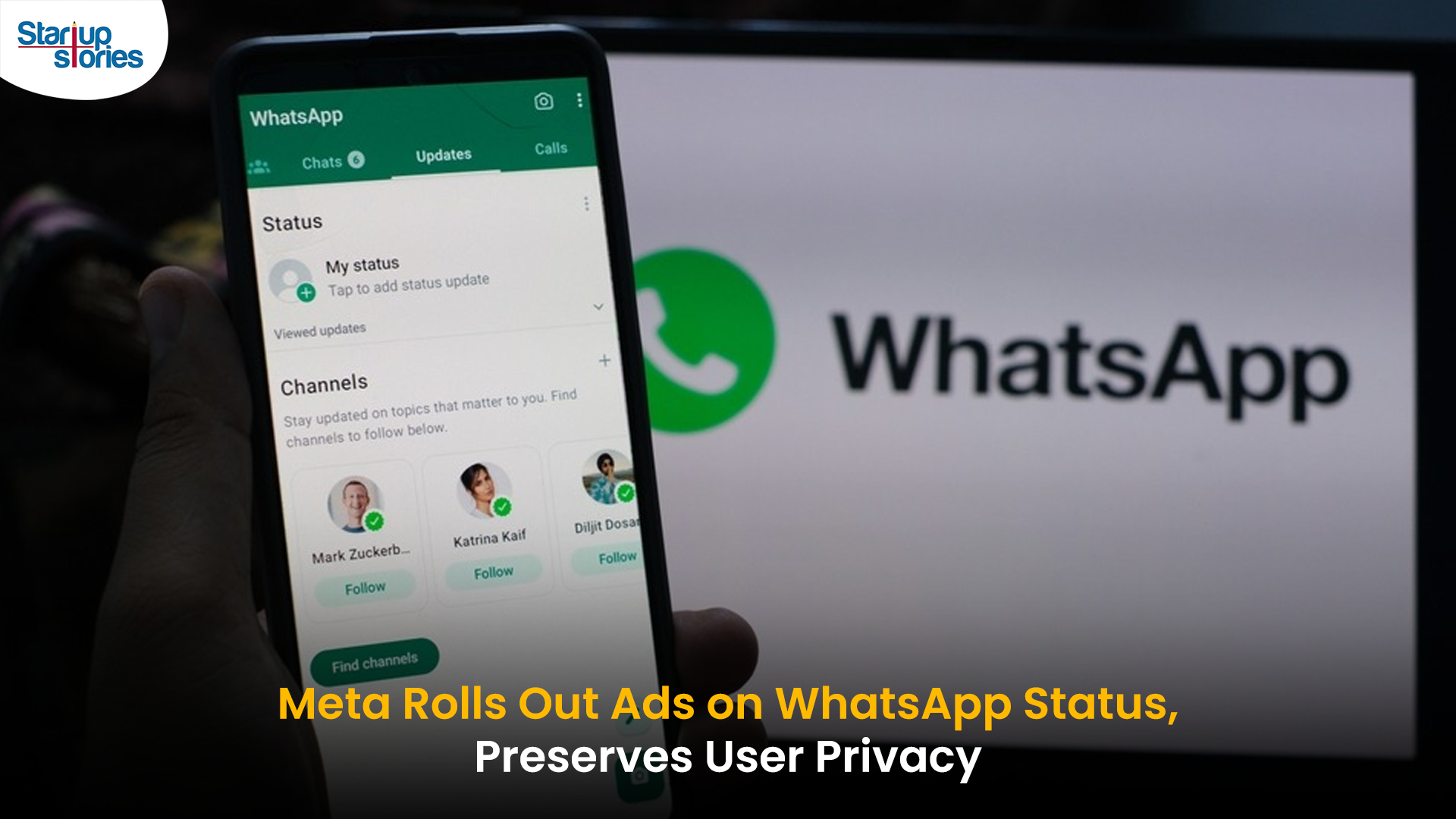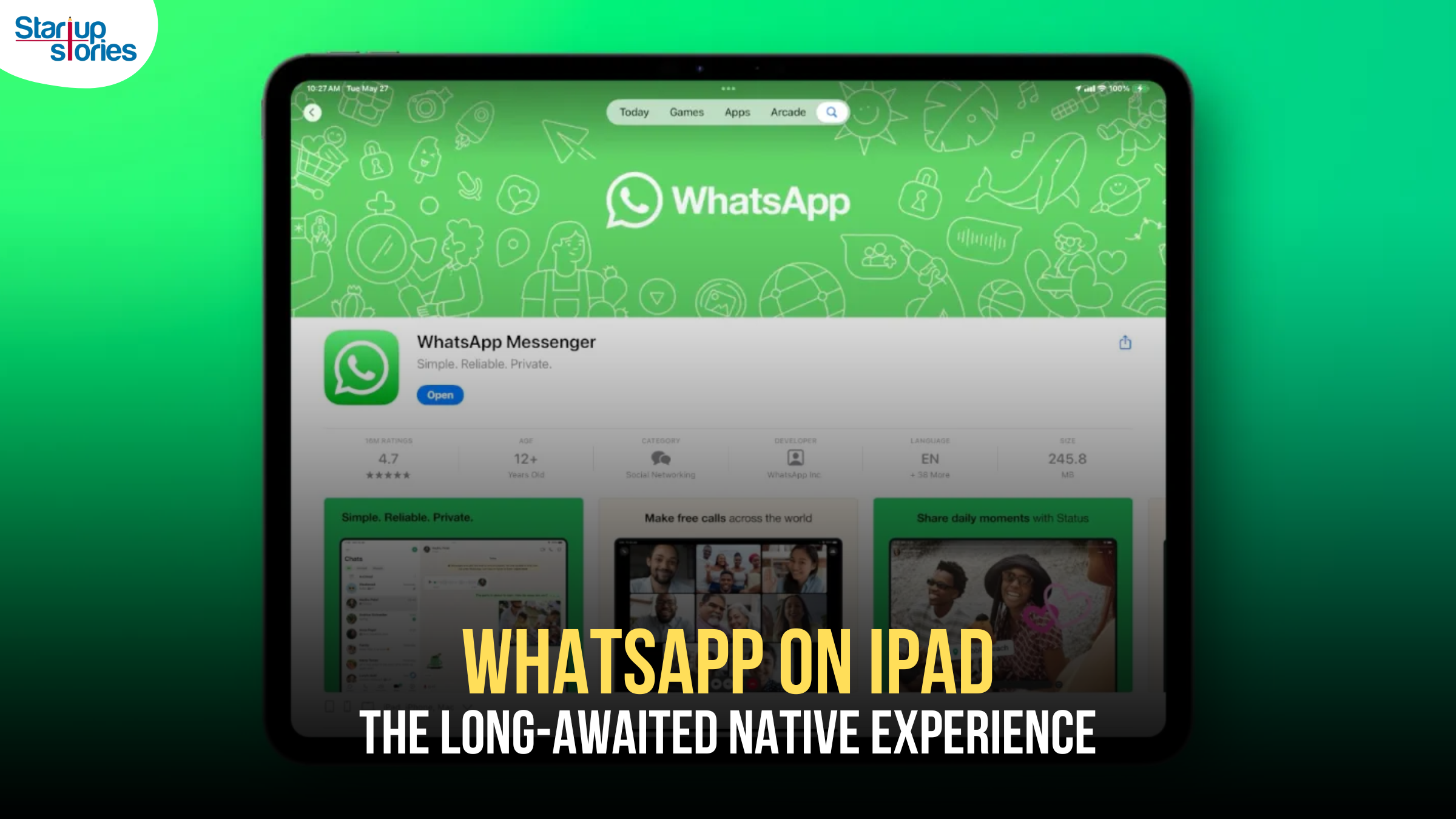Technology
Apple iOS 13 Announced – Everything To Know

Apple iOS 13 for iPhones and iPads is now official and it is all your dreams come true.
After the success of iOS 12.3.1, Apple announced the launch of the most awaited iOS 13 at the Worldwide Developers Conference (WWDC) on 3rd June. The newest iOS version will have the much awaited Dark Mode, redesigned Reminders and Messages apps and some general performance improvements. Here are some features to which you can look forward in iOS 13:
1) Dark Mode

iPhone has a beautiful new look with Dark Mode, a new dark colour scheme which works system wide. This feature can be accessed from the control center and when enabled, the background of the phone will turn black for a better viewing experience. At the WWDC, Apple showed how the Dark Mode will work for apps like Photos, Notes and Apple Music.
2) Revamped Photos

Apple has made browsing through Photos easier. The entire library will be curated in a way to highlight only the best pictures. It is redesigned to showcase important events in the past month or week or day. According to Apple, photos and videos will be intelligently organised to let us relive our best moments.
3) Photo editing made easy
Apple has also made editing photos simpler with new tools which are easy to apply. Portrait lighting adjustments can now be made in the Camera app. With iOS 13, most of the photo editing tools are now available for videos as well, which will enable us to crop, rotate or apply filters to videos.
3) Easy sign in with Apple ID

Apple is now introducing a new way of signing into apps and websites. Instead of filling out lengthy forms, Apple users can now use their Apple ID to authenticate and Apple vouches to protect their privacy with a unique random pin. With this feature, users can also authenticate using Face ID or Touch ID for an added layer of security.
4) Redesigned Health App
The Health app has also been redesigned in the upcoming iOS 13. The homepage will feature data about the user’s daily activities. Another highlight is the Hearing Health feature which will help the user understand how loud they play music through headphones. The Health app can now track menstrual cycle as well.
5) Messages

With iOS 13, messages can automatically share a user’s name and photo or a custom made animoji or memoji to easily identify the person in the message thread.
6) All new Maps

Apple Maps has also been redesigned with a feature which allows users to set locations they frequently visit as Home, Work, etc., and quickly navigate through them. Common places visited by a user can all be grouped.
7) New look for Reminders

The Reminders app also will now have a new look and Apple makes it easy to create and set reminders. There will also be more innovative ways to keep track of the reminders. It is also possible to tag someone in a reminder as Reminders will be deeply integrated with Messages. The reminder will pop up every time you message the person.
Apple is also planning to make certain changes to Siri, HomePod, Notes and CarPlay. Along with this, Apple is also working on some general performance improvements. Apple also announced, the operating system for iPads will now be called iPad OS.

It will be interesting to see how all these features will improve the overall performance of the phone and whether they will be worth the upgrade.
Comment below and let us know, for which of these features are you excited.
Technology
Jio Unveils Cloud PC Service to Bring Affordable Computing to Indian Households

- Jio Platforms has launched JioPC, a cloud-based virtual desktop service that transforms any television connected to a Jio Set Top Box into a fully functional computer.
- Users simply connect a keyboard and mouse to access a desktop-like environment, complete with web browsing, productivity tools, and educational apps—all without needing a physical PC or extra hardware.
- The service is device-agnostic and works with all consumer PC brands, making advanced computing accessible and affordable for millions across India.
JioPC is designed to support a wide range of activities, from professional work to online learning and creative projects. By leveraging Jio’s robust cloud infrastructure, users can run even compute-intensive AI applications directly from their TV screens. The platform also ensures data security and reliability, as all files and settings are safely stored in the cloud, protecting users from data loss even if their device is reset or replaced.
With JioPC, Jio aims to democratize digital access and bring high-performance computing to Indian households at a fraction of the traditional cost. The service supports popular productivity suites like LibreOffice and Microsoft Office online, and Jio is offering a free trial to encourage users to experience the benefits firsthand. This innovative move is set to reshape how people in India work, learn, and connect in the digital age.
Technology
WhatsApp Introduces Ads in Updates Tab, Keeps Chats Ad-Free

Meta has officially begun rolling out ads on WhatsApp, ending over a decade of an ad-free experience since its acquisition in 2014. The advertisements will appear only in the Updates tab, specifically within the Status feature, which lets users share photos, videos, and text updates that disappear after 24 hours—similar to Instagram Stories.
Where Ads Will Appear
- Ads will be visible exclusively in the Status section of the Updates tab, keeping personal and group chats ad-free.
- Businesses can use these ads to encourage users to interact via WhatsApp messaging.
- Meta is also introducing paid channel subscriptions and promoted channels within the Updates tab, allowing users to access premium content and discover new channels more easily.
Privacy and Targeting
Meta has emphasized that private messages, calls, and group chats will remain end-to-end encrypted and free from advertising. Ads will be personalized using limited, non-sensitive data such as location, language, followed channels, and ad interactions. Users can further manage ad preferences if they link WhatsApp to Meta’s Accounts Center.
User and Business Impact
The move marks a major shift for WhatsApp, which has long resisted advertising to preserve a clean messaging experience. While some users have criticized the change, Meta sees this as a significant opportunity to monetize WhatsApp’s 3 billion users and over 200 million businesses on the platform.
In summary, WhatsApp’s new ads will be confined to the Updates tab, ensuring personal messaging remains private and uninterrupted, while opening new monetization avenues for Meta and businesses.
Technology
WhatsApp on iPad: The Long-Awaited Native Experience

After years of anticipation, WhatsApp has officially launched a dedicated app for the iPad, finally giving users a seamless and optimized messaging experience on Apple’s popular tablet. Previously, iPad users had to rely on the web version, which lacked many features and was not designed for the larger screen. Now, with the arrival of WhatsApp for iPad, users can enjoy all the core messaging and calling features in a native, iPadOS-optimized environment.
How to Get Started with WhatsApp on iPad
Setting up WhatsApp on your iPad is straightforward. Simply download the app from the App Store, open it, and scan the displayed QR code using your smartphone’s WhatsApp app to link your account. This process mirrors the setup for WhatsApp Web and Desktop, ensuring your chats, calls, and media stay in sync across devices. The iPad app supports all key features, including individual and group chats, Communities, Channels, and both audio and video calls for up to 32 participants.
Enhanced Features and Multitasking
WhatsApp for iPad is designed to take full advantage of the tablet’s capabilities. It features a two-column layout, with recent chats on the left and active conversations on the right, making multitasking easier and more intuitive. The app supports iPadOS multitasking features such as Split View, Slide Over, and Stage Manager (on compatible models), allowing users to keep WhatsApp open while using other apps. Additionally, it works seamlessly with accessories like the Magic Keyboard and Apple Pencil, boosting productivity and creativity.
Privacy and Security
All messages, calls, and media remain protected with WhatsApp’s industry-leading end-to-end encryption, ensuring privacy and security across all linked devices. The iPad app also includes privacy features like chat lock, giving users peace of mind even if they share their device with others.
Conclusion
The launch of WhatsApp on iPad marks a significant milestone for Meta and its users. With a native, feature-rich app designed for the iPad’s larger screen and advanced multitasking capabilities, WhatsApp is now more accessible and convenient than ever for iPad owners worldwide. This move also signals Meta’s commitment to expanding its ecosystem, with rumors suggesting Instagram may be next in line for a dedicated iPad app. For now, WhatsApp on iPad stands as a welcome upgrade, enhancing how millions stay connected.














GO88
November 7, 2025 at 3:07 am
Tham gia cộng đồng game thủ tại Go88 để trải nghiệm các trò chơi bài, poker phổ biến nhất hiện nay.
MM88
November 7, 2025 at 12:51 pm
Khám phá thế giới giải trí trực tuyến đỉnh cao tại MM88, nơi mang đến những trải nghiệm cá cược thể thao và casino sống động.
站群程序
November 9, 2025 at 12:03 am
搭载智能站群程序,自动化搭建与管理,为SEO项目提供核心驱动力。站群程序
站群程序
November 13, 2025 at 12:12 am
搭载智能站群程序,自动化搭建与管理,为SEO项目提供核心驱动力。站群程序
Kuwin
November 13, 2025 at 2:25 am
kuwin sở hữu kho game đa dạng từ slot đến trò chơi bài đổi thưởng, mang đến cho bạn những giây phút giải trí tuyệt vời.
MM88
November 18, 2025 at 1:46 am
Với giao diện mượt mà và ưu đãi hấp dẫn, MM88 là lựa chọn lý tưởng cho các tín đồ giải trí trực tuyến.
J88
November 24, 2025 at 1:56 pm
Đến với J88, bạn sẽ được trải nghiệm dịch vụ cá cược chuyên nghiệp cùng hàng ngàn sự kiện khuyến mãi độc quyền.
iwin
November 29, 2025 at 11:37 pm
iwin – nền tảng game bài đổi thưởng uy tín, nơi bạn có thể thử vận may và tận hưởng nhiều tựa game hấp